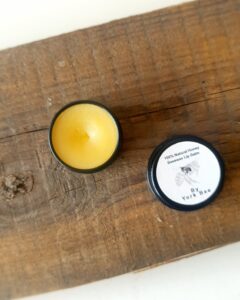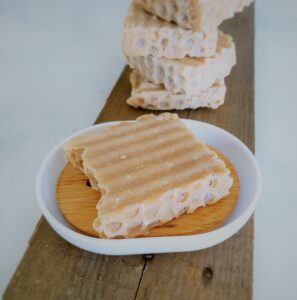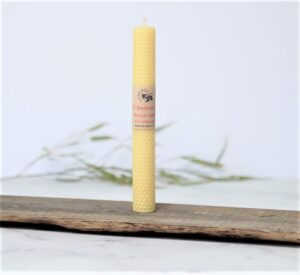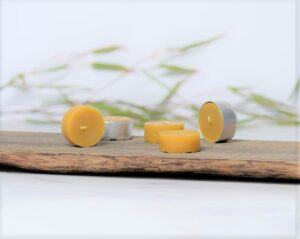Honey - 8000 year old of tradition
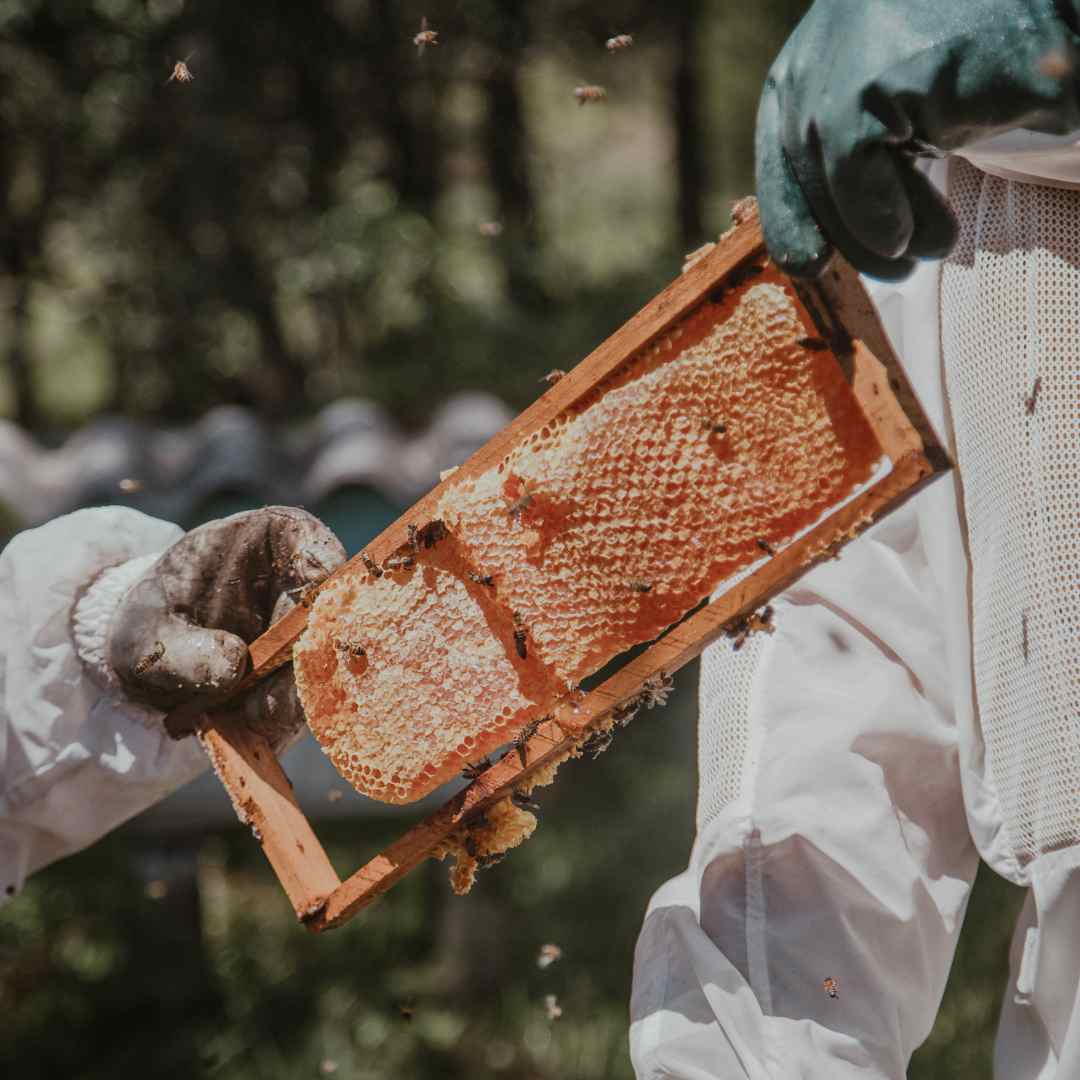
Honey story is something quite unique.
Honey story is something quite unique. We know it was there, as we do, that it was gathered and have been used for centuries, more of that – millenia. There were cave paintings done in Spain which are dated to about 8000 years of honey harvesting. We know that even then, back in the days it was used for medicine, food and other purposes as well.
However, honey is not about humans. It is done by one of the most important animals on our planet – the Bees. Bees are the one, which are responsible for gathering nectar, visit millions of blossoms during their period of lifes and what is most important – making pollination possible.
We should and have to feel lucky,
We should and have to feel lucky, as bees make more honey than their colony needs. Beekeepers are able to remove the excess and jar it. We have known about it since the beginning of our conscious life and written history.
Beginning of honey is happening by bees collecting nectar, which gets broken down into simple structures like sugar stored inside the honeycomb (which happens to be built naturally by our little friends). The design of honeycomb and fanning of the bees’ wings causes evaporation, creating sweet liquid honey. Honey’s colour and flavour is based on the nectar collected by the bees. Sometimes you have seen bee hives somewhere and thought to yourself – why have bee hives been left there without any supervision. The simplest answer would be to get a certain type of nectar. Let’s say, if a beekeeper decides he wants to have a certain type of honey (like orange blossom), he will have to make it easier to gather it as bees, the same as we – we like when things are getting simple. So that is what the beekeeper does – it makes bees’ lives simple by placing them in the place where the nectar can be collected easily. By the way, honey from orange blossoms is light in colour, but varieties darker comes for instance from wildflowers, forrest blossoms. The colour might be going then towards dark brown and the density of it might be very different as well.
On average one hive will produce about 55 pounds (that is about 25kg). Honey is harvested by beekeepers by collecting honeycomb frames and scraping off the wax cap that bees make to seal off honey in each cell. Once caps are removed – there are special extractors which spin the centrifuge. This way honey is forced to go out of the comb.
After extraction, honey is strained to remove any remaining wax, pollen and other particles. Some beekeepers are heating up the honey to make this process easier, but if done right – it doesn’t alter the liquid’s natural composition.
Eco Lip Balm-With Raw Honey Protects & Moisturizes!
100% Natural Handmade Honey Soap - Pure & Gentle
100% Natural Hand-Rolled Beeswax Candle - Made in the UK
100% Pure Natural Tealight Candles-set of 6
After this laboring process we are straining honey.
After this laboring process we are straining honey. It is time to bottle and label it in order to bring it to you. It doesn’t really matter if the container is glass or plastic. It shouldn’t matter if the product has been purchased in your local grocery store or farmers’ market. If the ingredient label says something like “pure honey”, it would mean that nothing was added from bee to hive to bottle. Just to conclude – I prefer to get it from the farmers market, as the feeling of direct connection with the beekeeper seems a bit way to go. That might be just me – I know.

